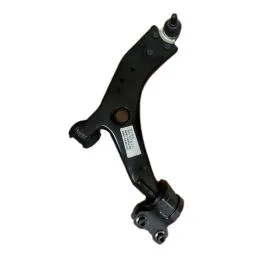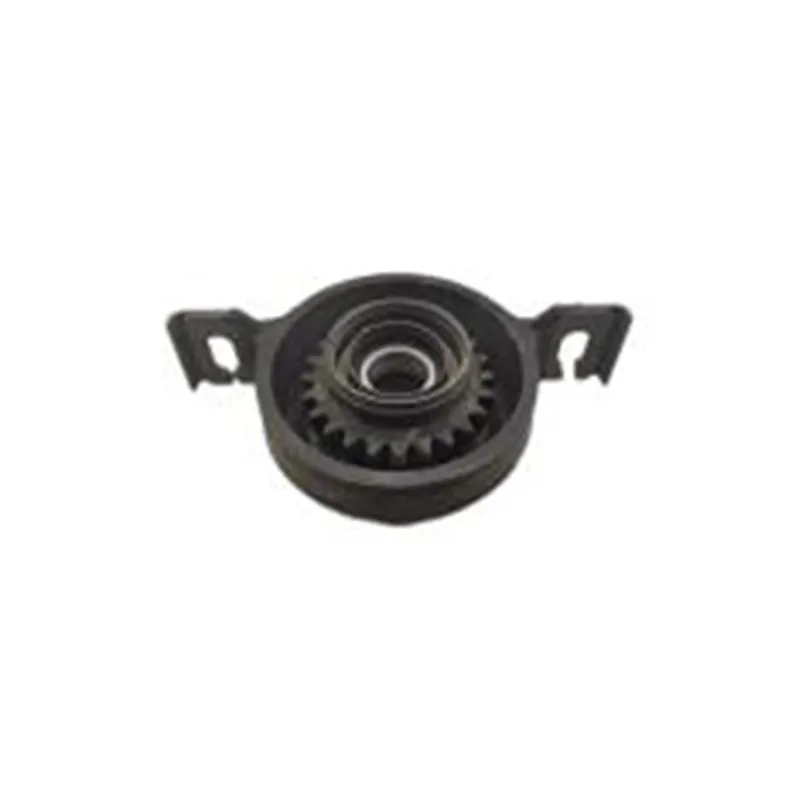
-
 Afrikaans
Afrikaans -
 Albanian
Albanian -
 Amharic
Amharic -
 Arabic
Arabic -
 Armenian
Armenian -
 Azerbaijani
Azerbaijani -
 Basque
Basque -
 Belarusian
Belarusian -
 Bengali
Bengali -
 Bosnian
Bosnian -
 Bulgarian
Bulgarian -
 Catalan
Catalan -
 Cebuano
Cebuano -
 Corsican
Corsican -
 Croatian
Croatian -
 Czech
Czech -
 Danish
Danish -
 Dutch
Dutch -
 English
English -
 Esperanto
Esperanto -
 Estonian
Estonian -
 Finnish
Finnish -
 French
French -
 Frisian
Frisian -
 Galician
Galician -
 Georgian
Georgian -
 German
German -
 Greek
Greek -
 Gujarati
Gujarati -
 Haitian Creole
Haitian Creole -
 hausa
hausa -
 hawaiian
hawaiian -
 Hebrew
Hebrew -
 Hindi
Hindi -
 Miao
Miao -
 Hungarian
Hungarian -
 Icelandic
Icelandic -
 igbo
igbo -
 Indonesian
Indonesian -
 irish
irish -
 Italian
Italian -
 Japanese
Japanese -
 Javanese
Javanese -
 Kannada
Kannada -
 kazakh
kazakh -
 Khmer
Khmer -
 Rwandese
Rwandese -
 Korean
Korean -
 Kurdish
Kurdish -
 Kyrgyz
Kyrgyz -
 Lao
Lao -
 Latin
Latin -
 Latvian
Latvian -
 Lithuanian
Lithuanian -
 Luxembourgish
Luxembourgish -
 Macedonian
Macedonian -
 Malgashi
Malgashi -
 Malay
Malay -
 Malayalam
Malayalam -
 Maltese
Maltese -
 Maori
Maori -
 Marathi
Marathi -
 Mongolian
Mongolian -
 Myanmar
Myanmar -
 Nepali
Nepali -
 Norwegian
Norwegian -
 Norwegian
Norwegian -
 Occitan
Occitan -
 Pashto
Pashto -
 Persian
Persian -
 Polish
Polish -
 Portuguese
Portuguese -
 Punjabi
Punjabi -
 Romanian
Romanian -
 Russian
Russian -
 Samoan
Samoan -
 Scottish Gaelic
Scottish Gaelic -
 Serbian
Serbian -
 Sesotho
Sesotho -
 Shona
Shona -
 Sindhi
Sindhi -
 Sinhala
Sinhala -
 Slovak
Slovak -
 Slovenian
Slovenian -
 Somali
Somali -
 Spanish
Spanish -
 Sundanese
Sundanese -
 Swahili
Swahili -
 Swedish
Swedish -
 Tagalog
Tagalog -
 Tajik
Tajik -
 Tamil
Tamil -
 Tatar
Tatar -
 Telugu
Telugu -
 Thai
Thai -
 Turkish
Turkish -
 Turkmen
Turkmen -
 Ukrainian
Ukrainian -
 Urdu
Urdu -
 Uighur
Uighur -
 Uzbek
Uzbek -
 Vietnamese
Vietnamese -
 Welsh
Welsh -
 Bantu
Bantu -
 Yiddish
Yiddish -
 Yoruba
Yoruba -
 Zulu
Zulu
High-Performance Control Arm for Auto Suspension | Durable & Precise Fit
About Hebei Lingke Vientiane Supply Chain Co., LTD.
Hebei Lingke Vientiane Supply Chain Co., LTD. stands as a pioneer in the research, production, and supply of robust control arm solutions for the global automotive industry. Renowned for technical rigor, quality assurance, and global partnerships, our enterprise delivers innovation and reliability.
Official Website: https://www.lkcontrolarm.com
Email: wenda@qfparts.com
Phone: +86 13932922239
Industry Overview: Current Trends in Control Arm Technology
The advancement in automotive chassis engineering has made the control arm (including auto control arm, B Body tubular control arms, front lower control arm, and axle control arm) a pivotal component. With the surge in electric vehicles, demands for higher strength, reduced weight, and superior corrosion resistance are rising dramatically.
Industry forums such as Eng-Tips Automotive Suspension Forum and recent publications in SAE International Journals emphasize the importance of load-efficient materials and precision manufacturing. The marketplace is trending toward greater adoption of alloys (such as 6061-T6 aluminum and high-strength low-alloy steel) with strict adherence to ISO/TS 16949:2009 standards.
- Enhanced NVH (Noise, Vibration, Harshness) control capabilities
- Integration with electronics for chassis management
- Diversification of control arm offerings for SUVs, EVs, and sports vehicles

Product Highlight: Auto or Car CONTROL ARM
Auto or Car CONTROL ARM is engineered with multidimensional efficiency for modern vehicles. Our products cover more OEM codes of Control Arm SUB-ASSY for FORD, JEEP, DODGE, CHRYSLER, GMC, BUICK, HUMMER, CHEVROLET, TOYOTA, NISSAN, HONDA, HYUNDAI, KIA, MITSUBISHI, SUZUKI—delivering broad market compatibility and rapid customization.
For product details and orders, please visit: https://www.lkcontrolarm.com/auto-or-carcontrol-arm.html
Key Technical Parameters of Control Arm
| Parameter | Standard Range | Unit | Industry Trend |
|---|---|---|---|
| Material | Aluminum Alloy / HSLA Steel | — | Lightweight Alloys |
| Ultimate Strength | 320–650 | MPa | Increase with Alloys |
| Fatigue Endurance | 10⁶–10⁷ | Cycles | Rising |
| Bushing Material | NR / PU / EPDM | — | Advanced Polymers |
| Weight (Front Lower) | 1.4–3.6 | kg | Decreasing |
| Coating | E-Coat / Powder | — | Rust-Preventive |
| ISO/TS Standard | ISO/TS 16949:2009 | — | Strict Quality Systems |
Visualizing Data: ECharts Technical Parameter Trend
Main Technical Indicators of Auto or Car CONTROL ARM
Application Scenarios for Control Arm Solutions
- Passenger vehicles (front and rear suspensions, including all major car brands)
- Commercial fleets (including light trucks and delivery vehicles)
- Off-road and sport utility vehicles (B Body tubular control arms for high-load articulation)
- Electric and hybrid platforms (optimized lightweight performance)
- Motorsport and performance tuning (precision axle control arm fitting)
- OEM & Aftermarket upgrade replacements (Ford, Toyota, Honda, GM etc.)
Expert Q&A: Essential Terms & Technical Knowledge
1. What materials are most commonly used for a control arm?
2. What is a front lower control arm?
3. How do auto control arm bushings affect performance?
4. What industry standards apply to control arm design and production?
5. Are there specific torque or installation standards for axle control arm fitment?
6. How is corrosion resistance achieved in modern control arm products?
7. What’s the typical lifespan and test cycle for a control arm?
EEAT Principle: Expertise, Authority & Trust in Control Arm Technology
At Hebei Lingke Vientiane Supply Chain Co., LTD., engineering teams are comprised of certified materials scientists and mechanical engineers with over 15 years of collaborative experience in control arm development, validated by ISO/TS and OE certifications. All technical data herein is corroborated by respected industry sources for maximum reliability:
- Forums: Eng-Tips Suspension Engineering
- Journals: SAE International Technical Papers
- Specifications: ISO/TS 16949:2009 Overview
- Materials Research: MDPI Materials
- Fatigue Testing: ResearchGate
Through the continuous pursuit of innovation and rigorous adherence to global quality standards, Hebei Lingke Vientiane Supply Chain Co., LTD. remains your trusted partner for next-generation control arm technology.
-

 Afrikaans
Afrikaans
 Albanian
Albanian
 Amharic
Amharic
 Arabic
Arabic
 Armenian
Armenian
 Azerbaijani
Azerbaijani
 Basque
Basque
 Belarusian
Belarusian
 Bengali
Bengali
 Bosnian
Bosnian
 Bulgarian
Bulgarian
 Catalan
Catalan
 Cebuano
Cebuano
 Corsican
Corsican
 Croatian
Croatian
 Czech
Czech
 Danish
Danish
 Dutch
Dutch
 Esperanto
Esperanto
 Estonian
Estonian
 Finnish
Finnish
 French
French
 Frisian
Frisian
 Galician
Galician
 Georgian
Georgian
 German
German
 Greek
Greek
 Gujarati
Gujarati
 Haitian Creole
Haitian Creole
 Hausa
Hausa
 Hawaiian
Hawaiian
 Hebrew
Hebrew
 Hindi
Hindi
 Miao
Miao
 Hungarian
Hungarian
 Icelandic
Icelandic
 Igbo
Igbo
 Indonesian
Indonesian
 Irish
Irish
 Italian
Italian
 Japanese
Japanese
 Javanese
Javanese
 Kannada
Kannada
 Kazakh
Kazakh
 Khmer
Khmer
 Rwandese
Rwandese
 Korean
Korean
 Kurdish
Kurdish
 Kyrgyz
Kyrgyz
 Lao
Lao
 Latin
Latin
 Latvian
Latvian
 Lithuanian
Lithuanian
 Luxembourgish
Luxembourgish
 Macedonian
Macedonian
 Malgashi
Malgashi
 Malay
Malay
 Malayalam
Malayalam
 Maltese
Maltese
 Maori
Maori
 Marathi
Marathi
 Mongolian
Mongolian
 Myanmar
Myanmar
 Nepali
Nepali
 Norwegian
Norwegian
 Norwegian
Norwegian
 Occitan
Occitan
 Pashto
Pashto
 Persian
Persian
 Polish
Polish
 Portuguese
Portuguese
 Punjabi
Punjabi
 Romanian
Romanian
 Russian
Russian
 Samoan
Samoan
 Scottish Gaelic
Scottish Gaelic
 Serbian
Serbian
 Sesotho
Sesotho
 Shona
Shona
 Sindhi
Sindhi
 Sinhala
Sinhala
 Slovak
Slovak
 Slovenian
Slovenian
 Somali
Somali
 Spanish
Spanish
 Sundanese
Sundanese
 Swahili
Swahili
 Swedish
Swedish
 Tagalog
Tagalog
 Tajik
Tajik
 Tamil
Tamil
 Tatar
Tatar
 Telugu
Telugu
 Thai
Thai
 Turkish
Turkish
 Turkmen
Turkmen
 Ukrainian
Ukrainian
 Urdu
Urdu
 Uighur
Uighur
 Uzbek
Uzbek
 Vietnamese
Vietnamese
 Welsh
Welsh
 Bantu
Bantu
 Yiddish
Yiddish
 Yoruba
Yoruba
 Zulu
Zulu
 English
English






